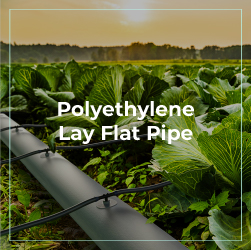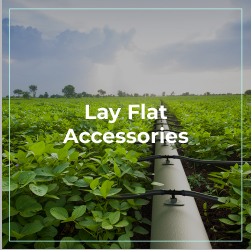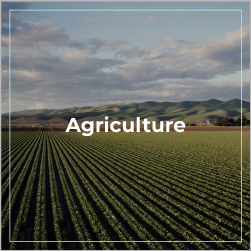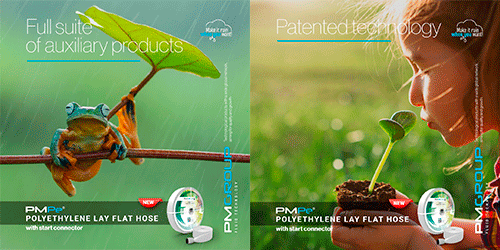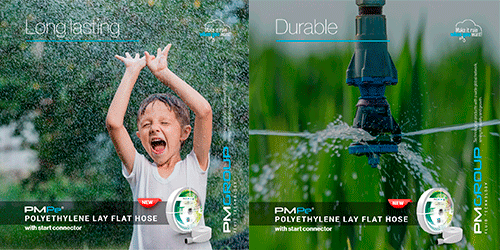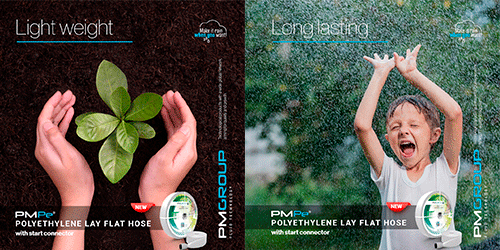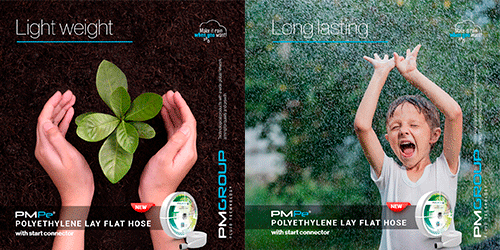In recent years, layflat pipes have gained significant popularity due to their versatility and ease of use in various applications, from irrigation to construction projects. However, as environmental concerns continue to rise, it’s crucial to assess the environmental impact of these pipes. This article explores the key aspects of layflat pipes and their environmental footprint, offering insights into their sustainability and potential areas for improvement.
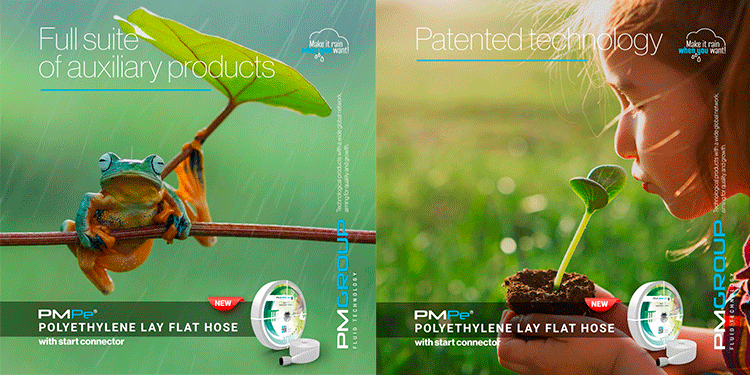
What Are Layflat Pipes?
Layflat pipes are flexible, collapsible pipes designed for temporary or portable use. They are often used in agricultural irrigation, dewatering operations, and flood control. Made from materials such as PVC (polyvinyl chloride) or TPU (thermoplastic polyurethane), these pipes are known for their convenience and efficiency in transporting fluids.
In recent years, layflat pipes have gained significant popularity due to their versatility and ease of use in various applications, from irrigation to construction projects. However, as environmental concerns continue to rise, it’s crucial to assess the environmental impact of these pipes. This article explores the key aspects of layflat pipes and their environmental footprint, offering insights into their sustainability and potential areas for improvement.
Environmental Concerns Associated with Layflat Pipes
1. Material Composition and Resource Use
Layflat pipes are commonly manufactured from synthetic polymers, primarily PVC and TPU. While these materials offer durability and flexibility, their production process involves significant resource consumption and energy use. PVC, for example, is derived from petrochemicals, which contribute to environmental pollution and greenhouse gas emissions.
Layflat pipes are flexible, collapsible pipes designed for temporary or portable use. They are often used in agricultural irrigation, dewatering operations, and flood control. Made from materials such as PVC (polyvinyl chloride) or TPU (thermoplastic polyurethane), these pipes are known for their convenience and efficiency in transporting fluids.
2. Longevity and Disposal
One of the main environmental concerns with layflat pipes is their limited lifespan. Although they are designed for temporary use, the disposal of these pipes can pose challenges. Synthetic materials can take hundreds of years to decompose, leading to potential landfill issues. Moreover, improper disposal methods can result in harmful substances leaching into the soil and water.
3. Recycling Challenges
Recycling layflat pipes is not always straightforward. The presence of various additives and the complexity of the materials can complicate the recycling process. As a result, many used pipes end up in landfills rather than being recycled, which exacerbates their environmental impact.
Layflat pipes are commonly manufactured from synthetic polymers, primarily PVC and TPU. While these materials offer durability and flexibility, their production process involves significant resource consumption and energy use. PVC, for example, is derived from petrochemicals, which contribute to environmental pollution and greenhouse gas emissions. The extraction and processing of these raw materials can also lead to habitat destruction and adverse ecological effects.
Evaluating the Environmental Impact Layflat Pipes
1. Life Cycle Assessment (LCA)
A comprehensive life cycle assessment (LCA) of layflat pipes helps in understanding their overall environmental impact. This assessment considers the entire lifecycle of the pipes, from raw material extraction to production, usage, and disposal. By analyzing these stages, stakeholders can identify areas where environmental performance can be improved.
2. Sustainable Alternatives
To mitigate the environmental impact of layflat pipes, exploring sustainable alternatives is essential. Biodegradable pipes and those made from recycled materials offer promising solutions. Additionally, innovations in materials science may lead to the development of more eco-friendly options that reduce reliance on non-renewable resources.
3. Industry Practices
The industry is increasingly recognizing the need for environmentally responsible practices. Companies are adopting more sustainable manufacturing processes, investing in recycling programs, and exploring alternative materials to reduce the environmental footprint of layflat pipes.
Layflat pipes play a crucial role in various industries, but their environmental impact cannot be overlooked. By understanding the material composition, disposal challenges, and recycling issues associated with these pipes, stakeholders can make more informed decisions. Embracing sustainable practices and exploring alternative solutions are key steps towards reducing the environmental impact and promoting a more eco-friendly future for layflat pipes.

